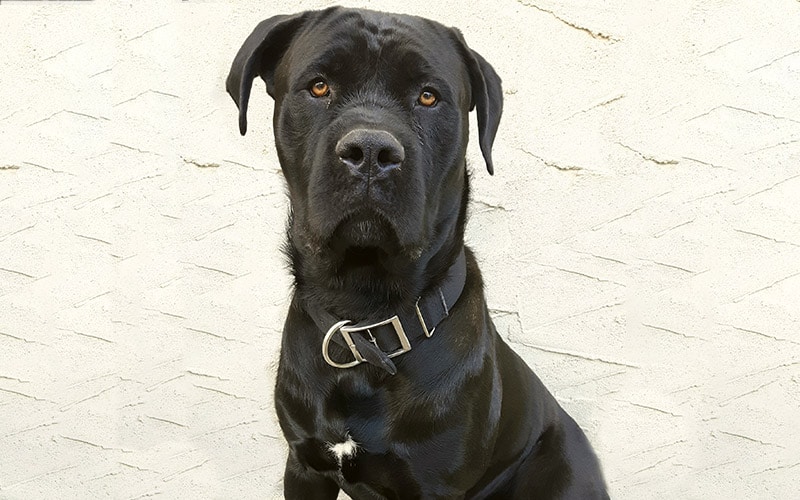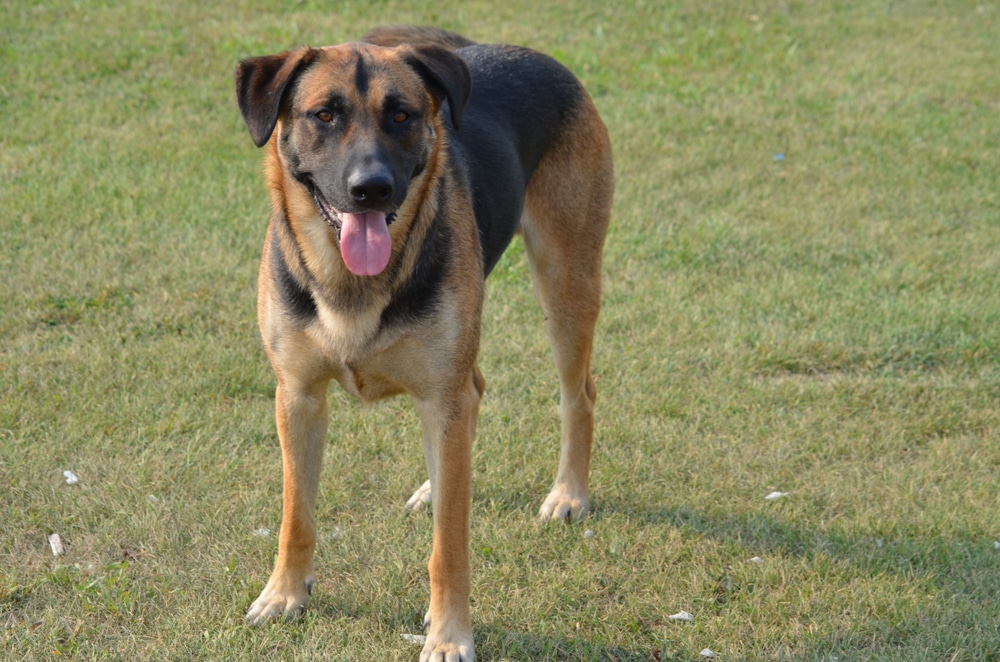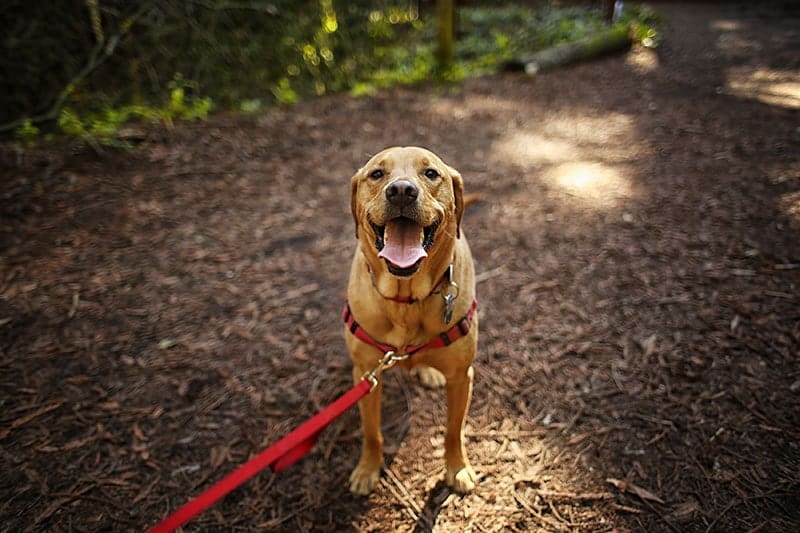Ivan Pavlov, a renowned Russian scientist, changed the world of science with his groundbreaking experiments on dogs.
- Pavlov’s journey took him from theology to science, ultimately making significant contributions to physiology and chemistry.
- He is celebrated for his classical conditioning experiments that demonstrated how dogs can learn to associate a neutral stimulus with a significant event.
- Pavlov’s work laid the foundation for behavioral psychology, with applications in mental health treatment and animal training.
- Despite over 60 years of research with countless dogs, the individual names of these canine contributors remain largely unknown.
Ivan Petrovich Pavlov is quite the figure in the scientific community. Originally studying theology, he changed his path to explore the world of science, diving into physiology and chemistry at the University of Saint Petersburg. His career spanned over 60 years, during which he delved into the circulatory system, blood pressure, and digestion.
Pavlov’s name rings a bell—quite literally—due to his classical conditioning experiments in the late 19th and early 20th centuries. Through observing dogs, he noted a fascinating behavior: the mere sight of a lab assistant could get the dogs salivating, even without food present. This insight led him to explore conditioned responses, transforming how humans understand both canine and human behaviors.
One of Pavlov’s most renowned experiments involved dogs, a metronome, and food. Initially, dogs would naturally salivate at the sight of food. But, as Pavlov repeatedly paired the sound of a metronome with food delivery, the dogs began to salivate just at the sound of the metronome, without any food in sight. This discovery of classical conditioning illustrated that dogs can learn to associate a neutral stimulus with a significant event, responding in conditioned ways.
The implications of Pavlov’s work stretch far beyond discovering new tricks for dogs. His theories became foundational in developing behavioral psychology, aiding in treating psychological disorders such as depression and phobias. Techniques like aversion therapy emerged from Pavlov’s principles, showcasing how conditioned responses might be altered or redirected.
While Pavlov’s work didn’t focus much on dog training, it did influence training methods. Today’s trainers often use operant conditioning, employing positive reinforcements like treats or negative ones like stern words to encourage specific behaviors. Reward-based training, derived from these principles, emphasizes positive interactions and has proven beneficial for both dogs and their human companions, fostering strong and loving relationships.
Pavlov’s legacy as a pioneering scientist endures, forever changing the understanding of behavior through his classical conditioning work.










